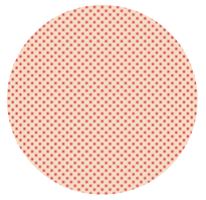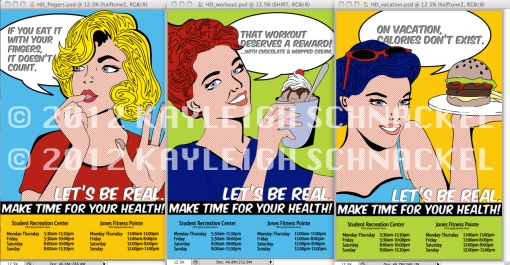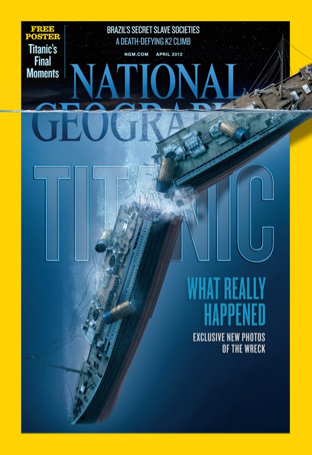Today…is my last post.
It’s not only the end of the semester, but I finally have to wrap this up so I can finish my visualization of this blog for my presentation on Wednesday.
I wanted to take the time to discuss what I’ve learned this semester and overview the work I have done.
This class was all about the “process.” As designers, we can’t forget about this first step or EVER skip over it. It’s the basis to a really thorough project. The process, whether it is random sketching, layout planning, reading, drawing, rough drafts, researching, googling, color matching, talking, critiquing…ANYTHING that will get you more prepared for the project at hand. Of course, sometimes, we will have to work through the process at a much quicker pace (we’ll get better with practice…hopefully), but the process should always be there. Plus, researching more about project will not only get you more informed about the product, but could even spark some new ideas or a new wave of creativity. This class spent a lot of time researching about Health Disparities…we spent all of our time dedicated to the process of researching, talking to experts, talking to each other, researching more, etc…and we all came up with all of these great projects that many of us are so dedicated to. This class really allowed us as designers to take our time with process work and discover more than what we saw at the surface.
It allowed us to discover that with process, comes inspiration.
*wink* the title to my blog *wink*
————-]
SO.
NEXT UP.
PRESENTING THIS DOCUMENT
AND
THE JUNIOR REVIEWWWWWW.
WOOOOOOOOOO…
Here’s the work that will be featured in the Junior Review (the amount of pieces are listed beside them)
WORK IN THE JUNIOR REVIEW
• Identification Documents= 3
• ECU Ads= 3
• Beer= 3D Models
• Beer Ads= 4
• Junior Review Poster= 1
• Health Disparities Project= 4
• Document= 1
Well.
Better get goin’.
Ya know, I’ve never had a blog before.
It’s not so bad. Haha
That’s all folks 🙂




